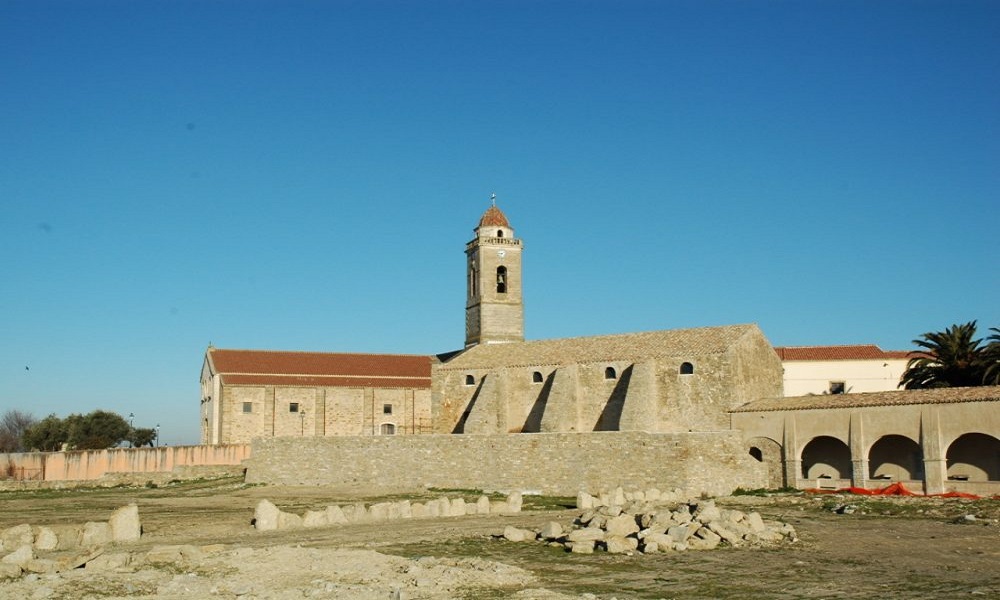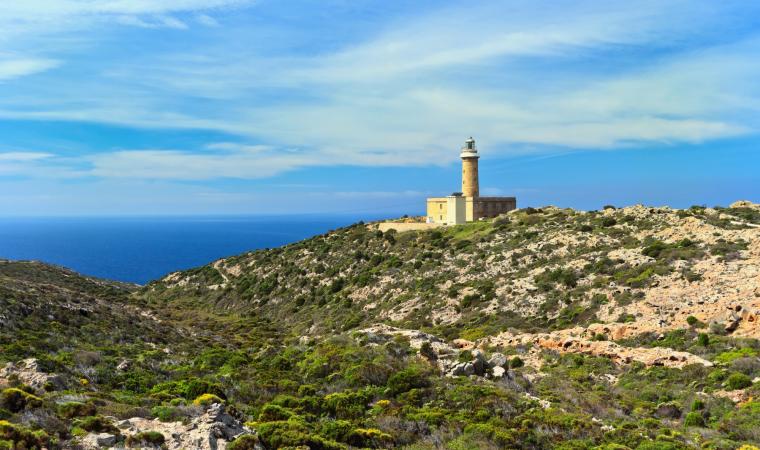The Way of St. James
The origins of the path of St James
The Way of St James originated in the Middle Ages and is a network of routes that pilgrims followed and still follow today, heading towards the Cathedral of Santiago de Compostela in which the relics of St James the Greater are located. The most famous symbol that distinguishes pilgrims on the Pilgrim’s Way to Santiago is undoubtedly the conch shell, which was collected on the beaches of Galicia in memory of a miracle that occurred there during a shipwreck. The shell was hung by a cord around the neck or sewn around the hat and was unmistakable proof that one was participating in one of the most important religious journeys.
The different stages of the Path of St. James
The complete route covers about 1,600 km, including 470 km in the central axis between Cagliari and Porto Torres; 240 km between Bolotana and Oristano (western side arm); 300 km between Ozieri and Olbia (eastern side arm); 340 km from Cagliari through Sulcis to the islands of San Pietro and Sant’Antioco (southwest path), to which is being added the new route between Olbia and Porto Torres in upper Gallura of 240 km and the Campidanese variant to Serrenti. The Way of Santu Jacu, although sometimes tough because the Sardinian land is rough, stands out as a unifying element in raising awareness of the culture of this Mediterranean island, part of Europe and a link to Africa, Eastern Europe and the Middle East.

Dove Dormire
Dove Mangiare
Cosa Fare

The Santu Jacu-Santiago Way in Sardinia
Today, this route touches almost all the municipalities where there are Santu Jacu churches or ruins, but it also includes prehistoric and archaeological sites, natural beauty, forests and nature parks, volcanic areas, some mining areas, Romanesque basilicas, the most important towns and characteristic remote villages in the heart of Sardinia, uniting in a single itinerary the seas and mountains, towns and countryside, wealth and poverty, languages, dialects, customs and traditions that coexist on this island . It is an itinerary that can be travelled on foot, by bicycle and on horseback, and that continues to be verified over time and improved, modifying the most inaccessible stages, because it covers about 100 municipalities in different parts of the island, with all that this entails.

